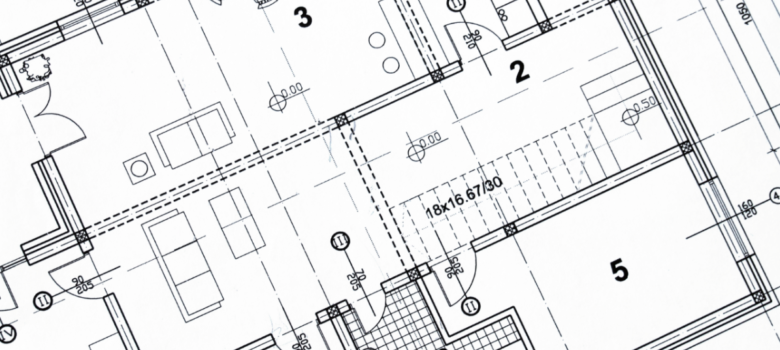
Extensions are a great way to add more space to your home and to add value as well. However, it is important that your extension will be comfortable to live in and not add more to your bills. We are going to look at some of the things you might want to consider when getting an extension built.
Thermal envelopes
The walls, roof, floor and glazing of a property constitute its thermal envelope. This is [in theory] where the warm conditioned air of the building is prevented from transferring its heat to the outside. Obviously, the better insulated these areas are, the more energy efficient the building will be. Extensions are usually built to very high modern building standards, so the thermal envelope of this part of the building should be particularly good at preventing heat loss.
On the average extension, you will probably be removing at least some of the existing wall, or building the extension out from it. This means that there will be less of the older wall there to lose heat through, but more wall in total and a larger volume of air to heat. It will depend on the extension and the property in question as to whether the former or the latter is the predominating factor, and whether the extension is actually going to cut your bills or increase them.
Underfloor electric heating
You can make the extension efficient and up to building control standards, but how do you heat it?
If the extension is small, chances are you will just use the existing heating system and extend it with an extra heater or radiator. In some cases, people decide to add some secondary heating, to help make the extension more comfortable. Electric underfloor heating is extremely popular for this, and is relatively cheap to install, especially at the build stage.
The mistake, however, is to use the underfloor electric heating as the main system. It is hellishly expensive to run despite its even heating of the room and appearance. The most efficient way to heat the extension would be by augmenting the boiler to cover the new space. Room heaters are good for additional or secondary heating, but not for the main system in the space.
Can you surpass the recommended insulation standards?

How much insulation are we talking about? You will need to get the thermal envelope down to a U-value of 0.15. It will depend on the type of insulation you are using, but this could translate to anything from 140mm up to 300mm of insulation.
Passivhaus isn’t all about insulation though; you will often see mechanical ventilation to help ensure good air circulation without compromising on heat loss. Is this worth it for an extension? It probably won’t pay back very quickly, but it will make the home feel more comfortable and create a lovely warm part of the house to be in during the winter, even if the rest of the home is draughty and cold.
Extensions – what do they cost to run?
Extensions built to a high standard should not add a lot to your heating bill, and in some cases may actually reduce bills. They should make a home a more efficient and more comfortable place to live!
Think we missed something? Do you have a different opinion?
Comment below to get your voice heard…











No Comments yet! Be the first one.